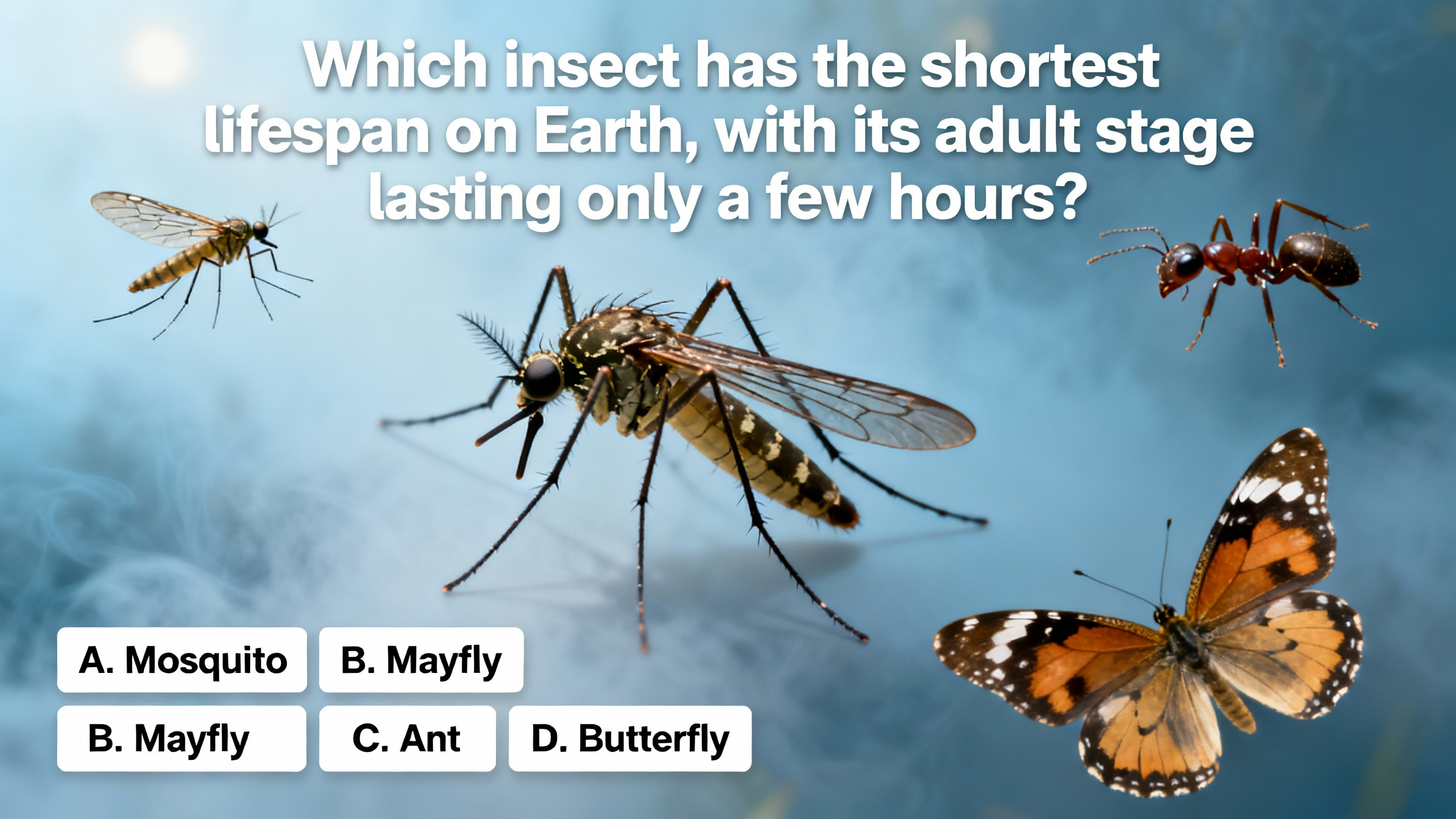Why Do Fireflies Synchronize Their Flashes?
Fireflies are well - known for their bioluminescent displays, and in some cases, large swarms of them synchronize their flashes. There are several theories to explain this fascinating phenomenon. 
One prominent theory is related to mating. Fireflies use their flashes as a form of communication, especially during the mating season. Males flash in specific patterns to attract females. When a large number of fireflies gather in one area, synchronizing their flashes can enhance the visibility of the entire group. A synchronized display is more likely to catch the attention of females from a greater distance. By flashing together, the males create a more intense and noticeable signal, increasing their chances of being detected by potential mates. This is similar to how a large, coordinated light show is more eye - catching than individual, random lights. Additionally, synchronized flashing may also help females more easily distinguish between different species of fireflies. Each species has its own unique flash pattern, and a synchronized display makes it easier for females to identify the males of their own species. 
Another theory involves predator avoidance. A large, synchronized flash can startle or confuse predators. When a predator approaches a swarm of fireflies, the sudden, coordinated burst of light can disorient it. This unexpected visual display may make it difficult for the predator to focus on a single firefly, giving the insects a better chance of survival. The synchronized flashes act as a form of collective defense mechanism, similar to how some schools of fish move in unison to avoid being targeted by predators. It creates a visual distraction that can buy the fireflies time to escape. 
In conclusion, the synchronization of firefly flashes in large swarms is likely a combination of mating and survival strategies. The coordinated displays help fireflies find mates more effectively and protect themselves from predators, ensuring the continuation of their species. 










